Over One Billion People.
Over One Thousand Languages.
Over One Hundred Castes.
Over One Dozen Religions.
How and why did such a vast group of people become One Nation?
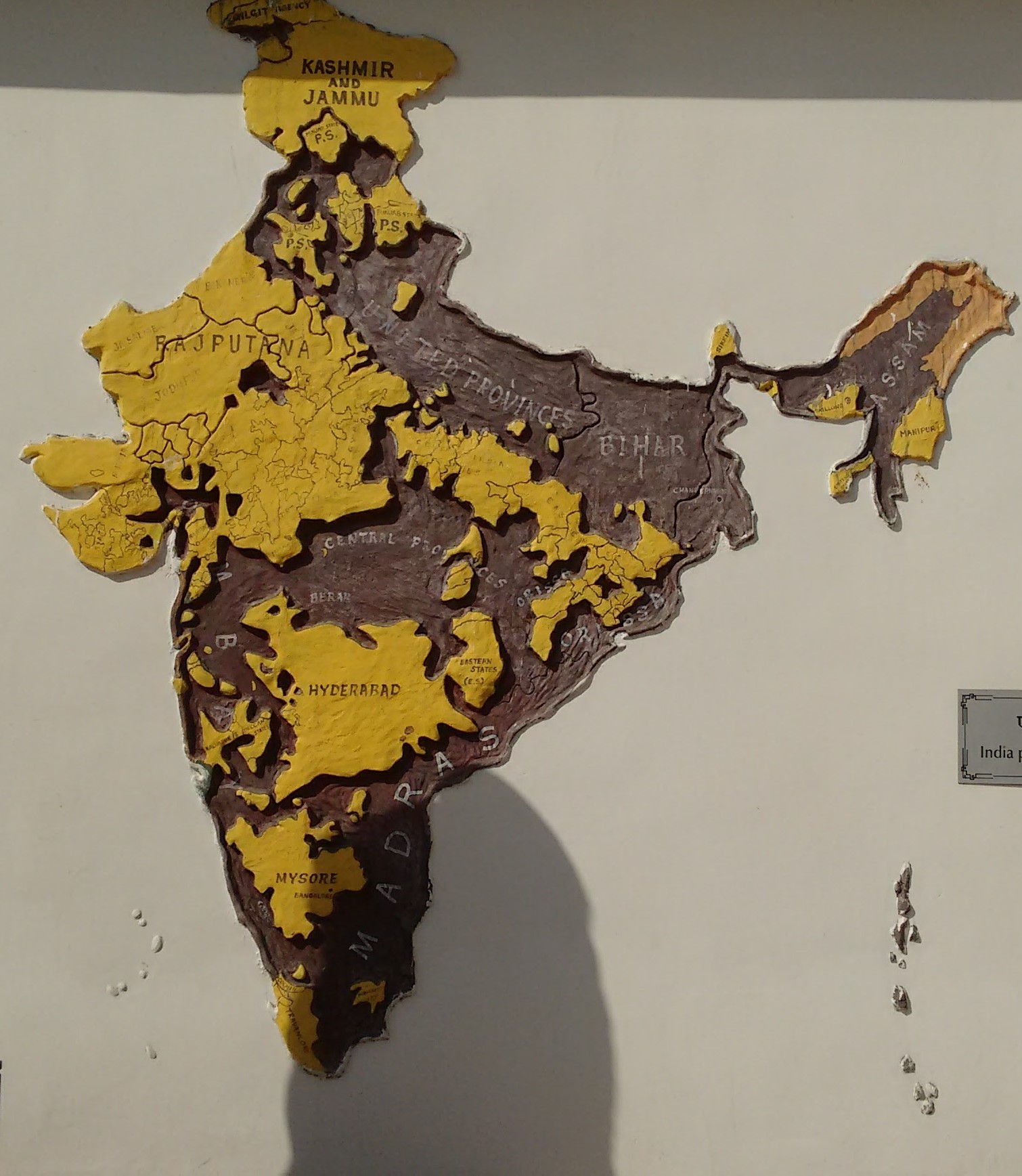
Now that’s an interesting thought and discussion to have with your children this Independence Day!
The Story of India
In 1946, when the British decided to leave India within the next one year, they gave local kings the right to choose what they wished to do after their exit. The Rajas and Nawabs were told they could join either India or Pakistan or remain free. The choice was theirs.

Both the Congress and the Muslim League swung into action to approach the various royals to join India or Pakistan respectively.
As India was to be partitioned on religious grounds, it was expected that kingdoms with a majority of Hindus would join India while those with a Muslim majority would go with Pakistan.
However, there were several states where the choice was not so easy.
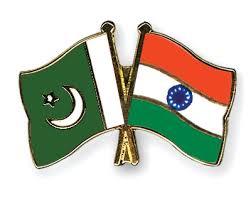
States such as Kashmir where the ruler was Hindu and the population, a mix of Hindus, Muslims and Buddhists found themselves sitting on the fence.
States such as Junagadh in Gujarat where the ruler was Muslim but the population largely Hindu, were also on a wet wicket.
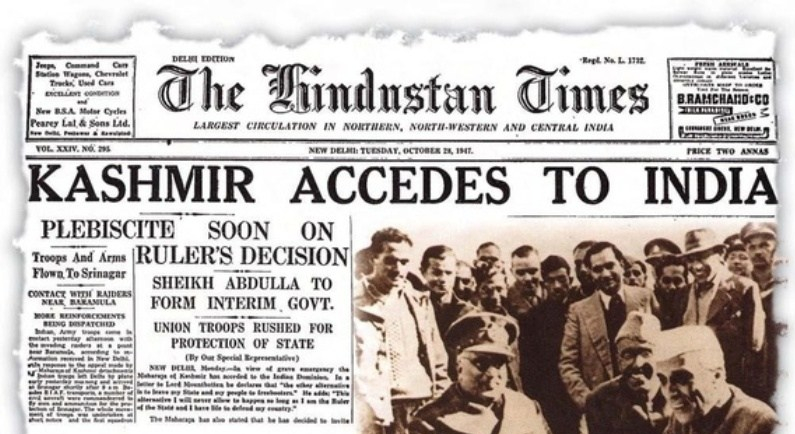
Some other states such as Travancore (present-day Kerala), Bhopal (present-day Madhya Pradesh) and Hyderabad (present-day Telengana) did not wish to join either India or Pakistan and saw this as their opportunity to be an independent nation.
The Nizam of Hyderabad, the richest state of India, had no intention of joining India and prepared a guerrilla force to fight to remain independent.
The Nawab of Bhopal indicated his desire to remain a separate country.
The Maharaja of Jodhpur was presented with a signed blank sheet of paper by Jinnah to put in whatever conditions he wanted to join Pakistan.
The eccentric Nawab of Junagadh, who declared a state holiday to celebrate the marriage of his pet dogs, joined his kingdom in the heart of Gujarat with Pakistan!

Travancore, the southernmost Indian kingdom, declared itself to be an independent country!
Such was the situation in mid 1947 when India stood at the threshold of Freedom. A perfect recipe for Disaster.
Bringing Order to Chaos
It was then that two men took charge of the chaos and carved out a nation.
On the broad shoulders of Sardar Patel and V.P Menon fell the task of uniting over 563 kingdoms across the length and breadth of the subcontinent into one country.
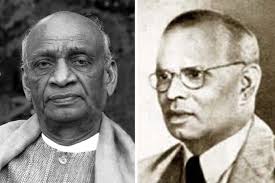
The States Ministry was constituted to bring about the unification with a 72 year-old Patel at the helm. Patel was also in charge of the critical Home Ministry and a member of the Drafting Committee of the Constitution of India.
V.P Menon, who had ably assisted Patel for a number of years had expressed his desire to retire from public service, now that India was about to achieve her dream of freedom. But far from allowing him to disappear into quiet retirement, Patel roped him in, in the task of carving out modern India.
What they did and how they did in such record time is a long long story.
They tried every method they could. From gentle requests to stern threats. From encouraging mass opposition to out-right military solutions. Few people know that a full-scale military operation was launched against the state of Hyderabad (now Telangana) by the Indian Army before it became a part of India. Or that a war broke out in Kashmir compelling Maharaja Hari Singh to accede to India. The story of Accession and Integration is truly remarkable.
Incredible. Unparalleled. Historical.
Had it not been for their toil and efforts, the Indian map would have looked dangerously different.
India would have had large glaring gaps within her borders and what’s more, a part of Pakistan and other nations right inside her belly!

That such a vast number of people belonging to so many different languages, religions, castes and regions became one nation is the legacy of these two men.
Three Museums
If this story grips your attention, I would recommend three Museums in India where you can learn more about this fascinating saga in India’s History.

Sardar Patel Memorial and Museum, Ahmedabad
One is often found lamenting about the state of museums in India. Not the Sardar Patel Museum in Ahmedabad. It fills you with pride.
The setting and location are impressive (Moti Shahi Mahal built by Shah Jehan in 1622), the vast collection is over whelming and the interactive exhibits are fascinating.
Photography was not permitted inside the Museum and hence I have no photos of the inside to add here but do make it a point to stop here on your visit to Ahmedabad. You will be only too glad that you did. And slot at least 2-3 hours if you really want to to justice to the collection. (Interested to know about another fantastic museum in Ahmedabad? Click here.)
Patel’s Childhood Home and Museum in Karamsad, Gujarat
As I was researching the life of Sardar Patel, I travelled to his hometown in Gujarat and was surprised to find not only a fantastic museum in a little village but also his house, well preserved and maintained by the Patel Trust.

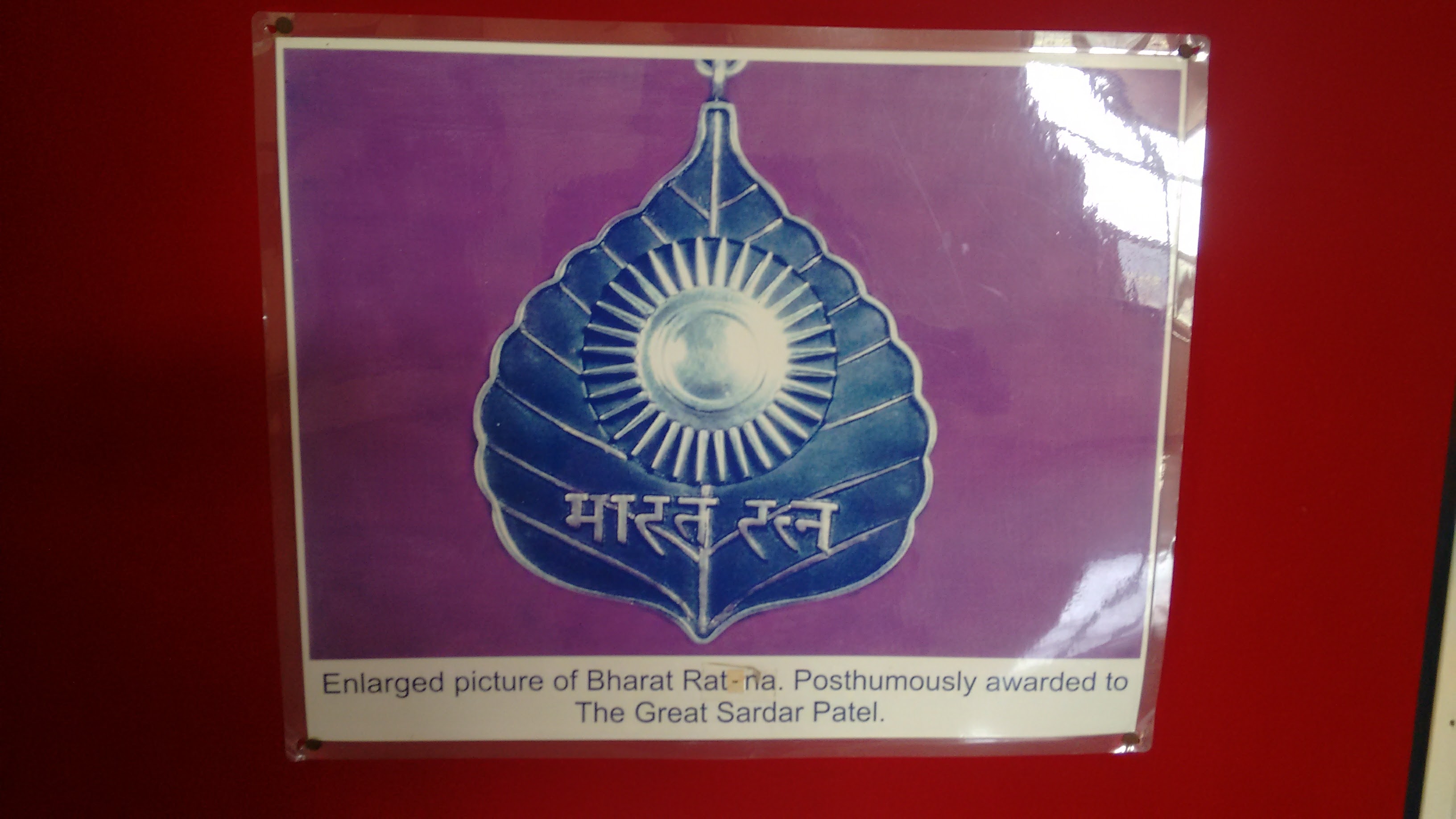
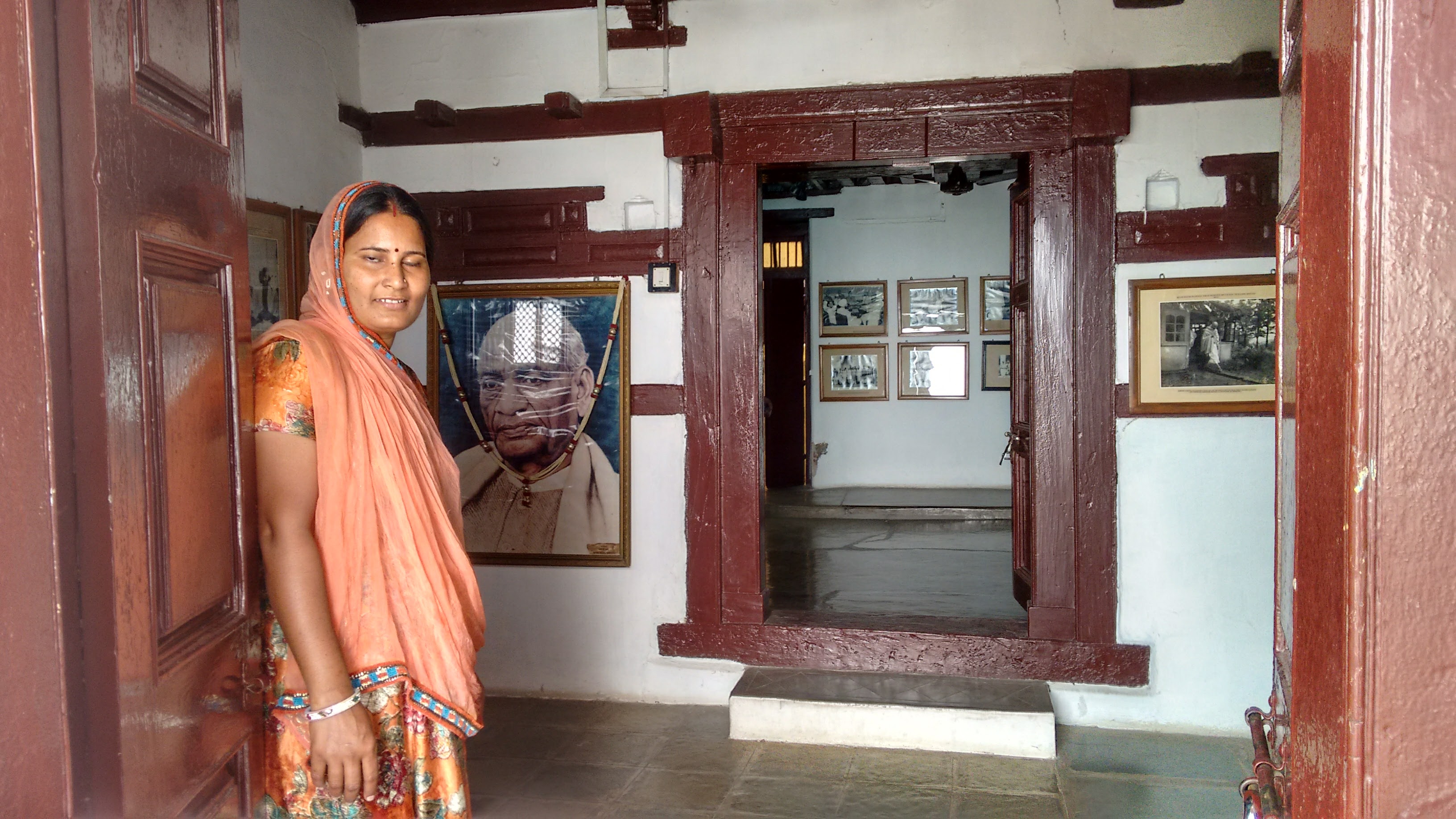
If you chose to visit Karamsad (about 3 hours from Ahmedabad), you can also stop at the Amul Factory at Anand (not far from Karamsad). Children would enjoy the free factory tour (usually 2-4 pm daily but check their site for the latest) of the legendary milk factory and watch how their favourite icecreams and cheeses are made. One can also visit the Amul museum here, made in honour of Kurien, the man who brought about India’s White Revolution. And ofcourse, stop at the Factory Parlour for some fresh icecream too!
But if Karamsad is off your track and Gujarat not in your immediate plans, here’s a museum in Delhi I would highly recommend too!
Permanant Exhibition “Uniting India” at the National Science Centre, New Delhi.
The National Science Centre at Pragati Maidan in New Delhi has a Permanant Exhibition entitled Uniting India, which takes the viewer through the history of Unification and Integration through several interesting exhibits.


Located as it is in the Science Centre, unfortunately, not many know about this. If you happen to be in Delhi, I would highly recommend a visit to this Exhibition as well.
All these museums make for great .visits to understand and share the story of those difficult days in 1947 when a nation was born.
And here are some reading recommendations should you wish to share the story of Patel and his legacy with your child.
Sardar Vallabhbhai Patel (Amar Chitra Katha)

Sardar Vallabhbhai Patel (Wilco Picture Library)

Should you wish to read about Patel’s life and legacy, here are some books I would recommend for adults.
Integration of the Indian States (by V.P Menon, Orient Blackswan, 2014)
I read this book repeatedly for my research into the life and work of Sardar Patel when I created and curated the content on the NVLI website on Sardar Patel. It tells the dramatic saga of of how over 500 princely states were integrated into one nation. And the story is straight from the horse’s mouth as V.P. Menon was Secretary to the States Ministry under Sardar Patel. The stories of Junagadh, Jodhpur, Hyderabad and Kashmir in particular, are riveting!

Patel a Life (by Rajmohan Gandhi, Navjivan Press)
Rajmohan Gandhi, grandson of Mahatma Gandhi, is one of the foremost biographers in India today. His book gives a detailed account of Patel’s life in an engaging manner. It is interesting to read about Patel’s life starting with his young days as a rebellious school-boy who did not fear authority to his early days as a barrister when he mocked and scoffed at Mahatma Gandhi, only to make a complete turn-around and become Gandhi’s most ardent follower soon thereafter. Rajmohan Gandhi’s thorough research and lucid writing style make this a great read.
Two recently published books speak about Patel’s efforts at uniting India Sardar Patel: Unifier of Modern India and The Man Who Saved India
. Not having read the books, I cannot give personal insights about them. But from reviews, it does seem like both books give a comprehensive account of Patel’s work in achieving Unification.


A United India lives on as the lasting legacy of Sardar Patel and V.P Menon.
May their stories live on too!
Looking for more on his thread? Click here.


Anupam Dixit
August 15, 2018 - 9:00 am ·A fascinating read with balanced point of view, I’m congratulating you for selecting this topic for young readers.
Mallika Iyer
August 15, 2018 - 5:50 am ·Thank you. It’s a story young Indians should know. 🙂
Jigna Jimulia
August 15, 2018 - 1:55 pm ·Lovely write up on independence day. Will surely share it with my kids.
Mallika Iyer
August 15, 2018 - 2:59 pm ·Thanks Jigna.
ovcsridhar
August 15, 2018 - 8:51 pm ·Excellent read. Very well written. Has definitely raised my eagerness to know more about how these men went about unifying India.
Mallika Iyer
August 15, 2018 - 3:48 pm ·Thank you so much. Yes..it makes for quite a story.
Ramesh V
August 19, 2018 - 10:51 am ·Nice, informative piece!
Mallika Iyer
August 19, 2018 - 5:30 am ·Thank you.
Stefania Stahlberg
March 6, 2019 - 1:24 am ·I like this website so much, saved to fav.
Mallika Ravikumar
March 18, 2019 - 2:35 pm ·Thanks Stefania. So happy to hear that.
Wei Lavant
March 21, 2019 - 7:44 am ·I am glad to be one of the visitants on this outstanding website (:, appreciate it for posting.
Mallika Ravikumar
March 24, 2019 - 6:47 am ·Thank you so much.